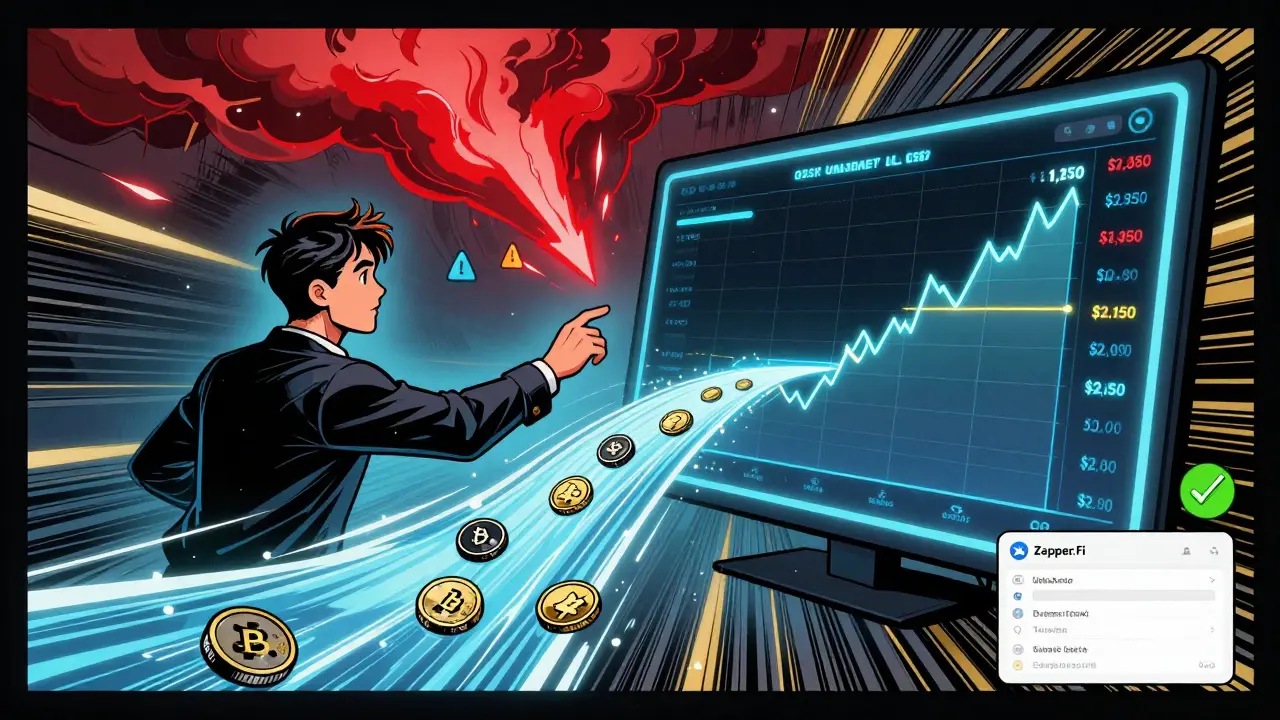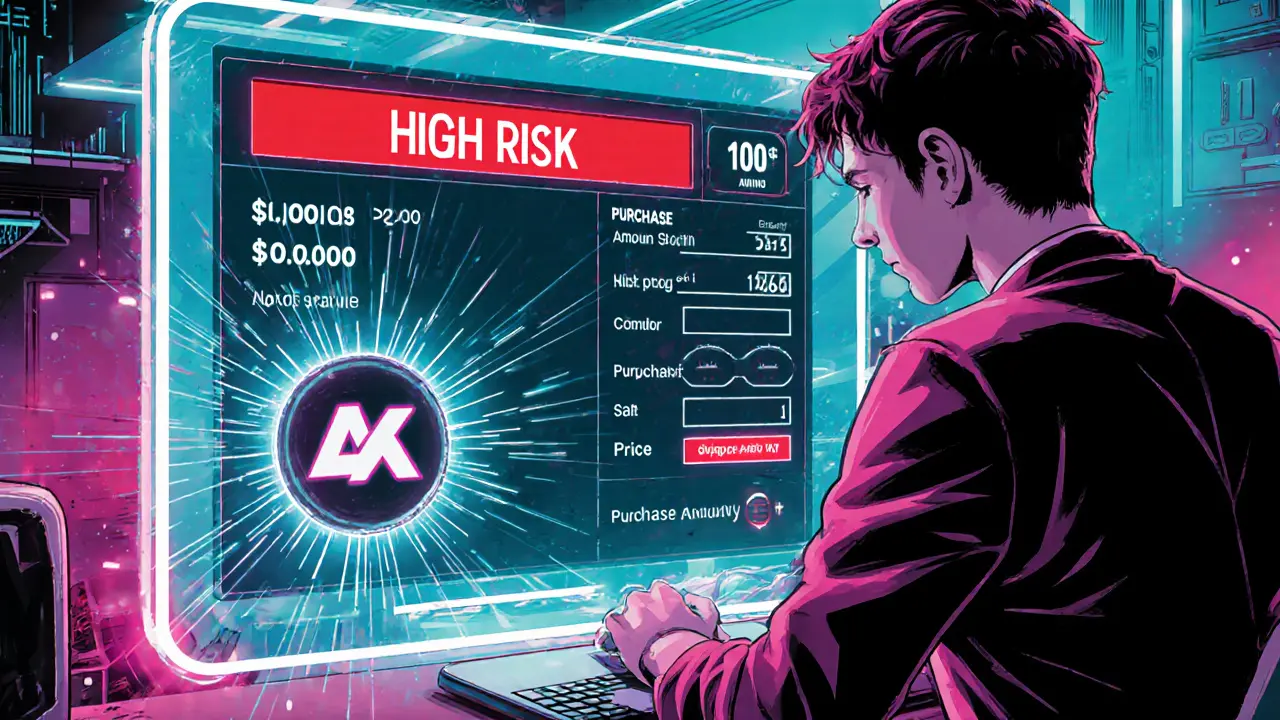Uniswap V3 Explained – What Makes This DEX Different
When working with Uniswap V3, the third‑generation decentralized exchange on Ethereum that introduced concentrated liquidity and multiple fee tiers. Also known as Uniswap V3, it lets liquidity providers allocate capital to specific price ranges, dramatically improving capital efficiency.
Uniswap V3 is built on the Automated Market Maker, a protocol that replaces order books with a mathematical formula to price trades. The AMM powers the exchange by automatically matching buyers and sellers, eliminating the need for a central match‑making engine. This design relies on Liquidity Pools, smart contracts where users lock tokens to enable swaps. In Uniswap V3, pools are no longer uniform; providers can concentrate funds around a chosen price band, boosting returns while lowering slippage for traders. The network Ethereum supplies the underlying security and gas infrastructure, making every swap a trustless, on‑chain event.
Why These Changes Matter for Traders and Creators
Imagine you could earn the same fees with a fraction of the capital you’d need on older versions. That’s the promise of concentrated liquidity – a core attribute of Uniswap V3 that lets LPs target the price range where most trades happen. The result? Capital efficiency that can exceed 4,000% compared to the flat distribution of V2. For traders, this means tighter spreads and less price impact, especially for popular pairs like ETH/USDC. The protocol also introduces three fee tiers (0.05%, 0.30%, and 1.00%), letting LPs price risk appropriately for volatile assets such as meme tokens or emerging DeFi projects.
Beyond fees, Uniswap V3 supports range orders, effectively turning liquidity provision into a limit order system without leaving the pool. This hybrid approach gives users the best of both worlds: the simplicity of a DEX and the precision of a traditional order book. Meanwhile, the introduction of oracle‑compatible price data lets other protocols pull reliable market rates directly from the pool, fueling a whole ecosystem of on‑chain financial products.
All these innovations have reshaped how developers think about building on top of a DEX. Projects like PancakeSwap, YokaiSwap, and newer entrants such as Dezswap now cite Uniswap V3’s architecture when designing their own AMM models. The flexible fee structure and customizable liquidity windows inspire new tokenomics, especially for cross‑chain bridges and yield‑optimizing vaults. If you’re evaluating a DeFi launch, understanding V3’s mechanics can help you decide whether to fork the code, integrate its pool contracts, or simply list on the platform.
In practice, the learning curve isn’t steep. You’ll need a wallet, some ETH for gas, and an understanding of how price ranges work. Most wallets now embed UI helpers that visually display the current price range, letting you set bounds with a slider. When you add liquidity, the platform shows you the projected fee earnings based on recent volume, making the decision more data‑driven.
With this foundation, the articles below will walk you through real‑world use cases: from claiming airdrops that rely on Uniswap V3 liquidity snapshots to comparing its fee model against other DEXs like PancakeSwap and YokaiSwap. Whether you’re a newcomer curious about the basics or a seasoned trader looking to fine‑tune your positions, the collection offers actionable insights you can apply right away. Let’s explore the depth of Uniswap V3 together.

Learn how to manage liquidity pool positions in DeFi to maximize returns and avoid impermanent loss. Discover strategies for Uniswap V3, stablecoin pools, gas optimization, and security in 2025.
Continue Reading

A clear, plain‑English guide to Amino (AMINO) crypto: where it trades, price volatility, tokenomics gaps, risk factors, and how to buy it safely.
Continue Reading






